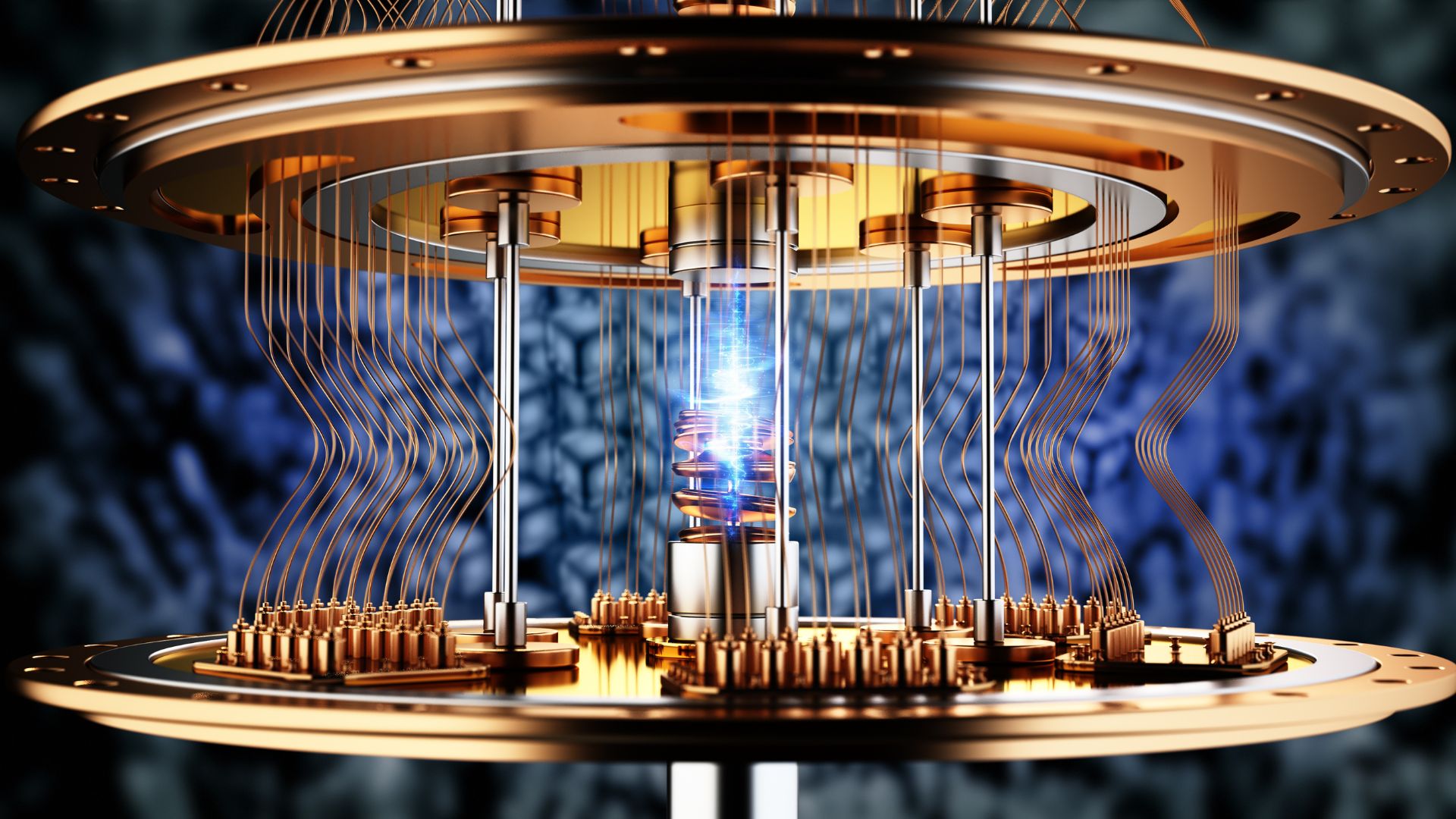Researchers at the University of Wien (TU Wien) in collaboration with those at ETH Zurich have unlocked quantum states in glass spheres, sized smaller than a grain of sand, without having to resort to ultra-low temperatures.
This record-breaking achievement has pushed the boundaries of quantum physics, making it easier to study quantum properties in ways that were considered impossible before.
Quantum physics is a relatively newer field of science that attempts to explain the world around us through the study of matter and energy at atomic and submatomic scales.
While we are still beginning to scratch surface of this field, applications in areas such as sensing, computation, simulation as well as cryptography are already being developed.
As the field expands, researchers are also keen to know the limits of quantum physics. So far, studies have focused on understanding properties such as entanglement or superposition at subatomic levels.
However, researchers at ETH Zurich and TU Wein wondered if objects larger than atoms and molecules also displayed quantum properties.
Oscillations in quantum states
In the everyday world, we look at oscillations as big movements. For instance, the pendulum of a clock can oscillate at various angles and varying speeds. But as we zoom into microscopic levels, oscillations take a different form. Microscopic particles wobble at all times.
“This oscillation depends on the energy and on how the particle is influenced by its environment and its temperature,” explained Carlos Gonzalez-Ballestero from the Institute of Theoretical Physics at TU Wien, who led the work.
“In the quantum world, however, things are different: if you look at oscillations with very low energy, you find that there are very specific’ oscillation quanta’”.
The minimum vibration amplitude is known as the ground state, with excited states existing sequentially with an increase in vibration and energy levels. While there are no intermediate states, a particle can exist in a combination of different vibration states.
To identify the quantum states of a particle, scientists need to isolate it from perturbations arising from its surroundings. This is why quantum experiments are carried out at extremely low temperatures close to absolute zero.
Quantum state at room temperature
The research collaboration worked on a technique to a nanoparticle to its quantum state even when it was not near an ultracooled state. The nanoparticle used in the experiments was not perfectly round but slightly elliptical.
“When you hold such a particle in an electromagnetic field, it starts to rotate around an equilibrium orientation, much like the needle of a compass,” added Gonzalez-Ballestero in a press release.
To study the quantum properties of this vibration, the research team used lasers and mirror systems that could perform the dual role of supplying or even extracting energy from it.
“By adjusting the mirrors in a suitable way, you can ensure that energy is extracted with a high probability and only added with a low probability. The energy of the rotational movement thus decreases until we approach the quantum ground state,’ Gonzalez-Ballestero further explained.
The researchers succeeded in bringing the nanoparticle’s rotation to a state resembling the ground state. Interestingly, this was achieved when the particle was several hundred degrees hot, instead of being ultracooled.
“You have to consider different degrees of freedom separately,” said Gonzalez-Ballestero, explaining their achievement. “This allows the energy of the rotational movement to be reduced very effectively without having to reduce the internal thermal energy of the nanoparticle at the same time. Amazingly, the rotation can freeze, so to speak, even though the particle itself has a very high temperature.”
The achievement allows particles to be studied in significantly ‘purer’ quantum states without requiring ultracold temperatures.
The research findings were published in the journal Nature Physics.
